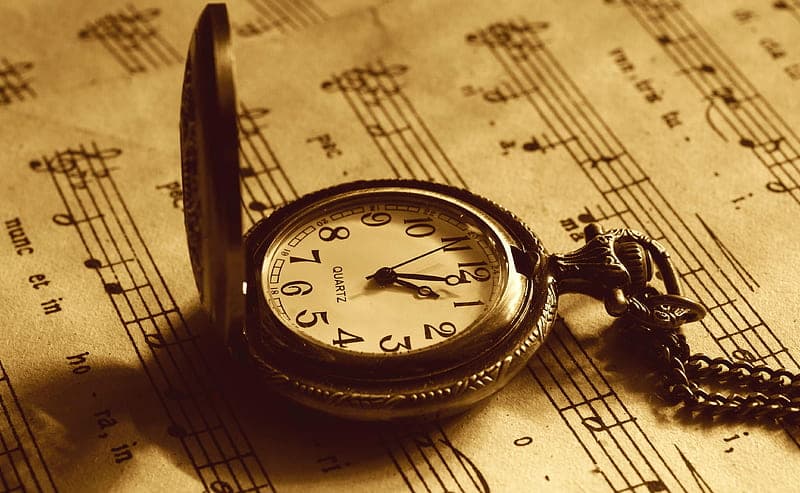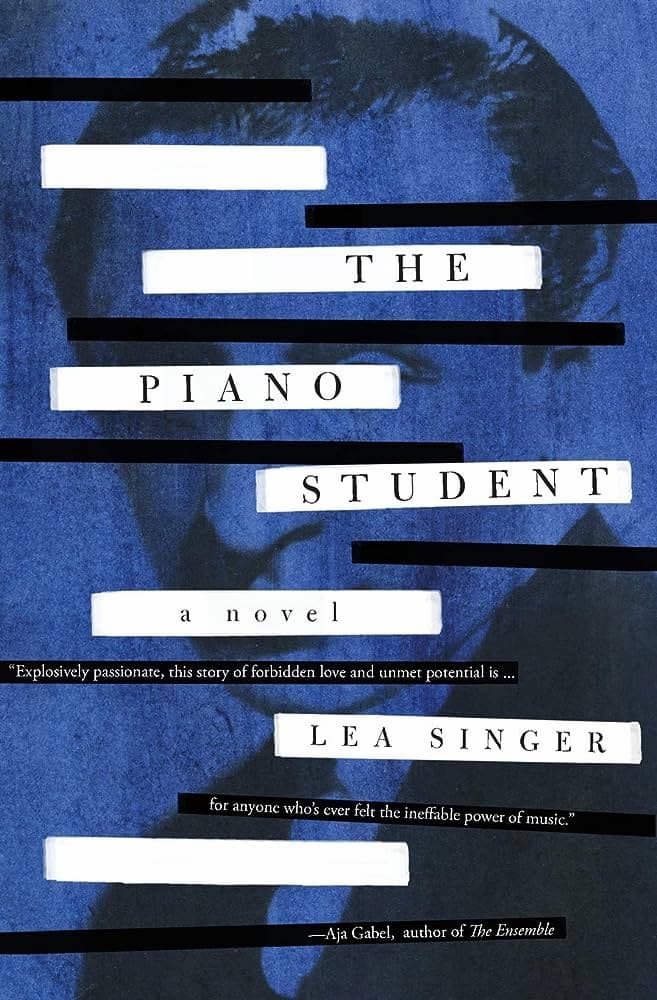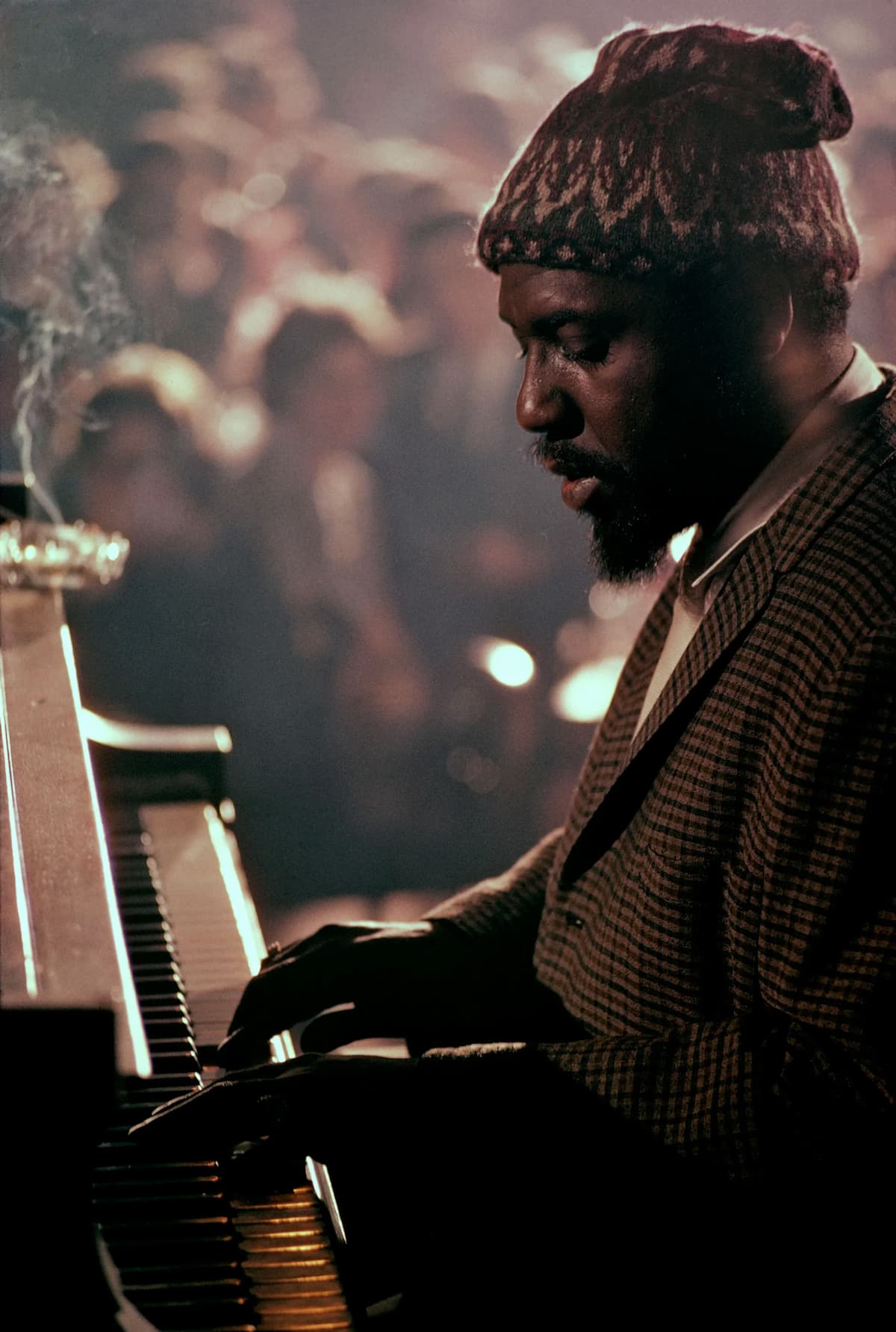
Stroh Violin – 4 strings
What would you think of a 1-string violin with a metal horn attached? Odd indeed! The Stroh fiddle was once such instrument. The instrument was made of mahogany with a metal horn attached to a diaphragm to make the instrument louder. This was to serve two purposes: it made the Stroh fiddle loud enough to play outdoors and it also made it loud enough to use on early recordings. If you used a regular violin for a cylinder recording, it had a thin sound. The Stroh violin with its horn restored the full violin sound. The first Stroh violins only had 1 string, but modern ones have 4 strings.
For a modern take on this, a steam-punk setting is perfect!

Two 19th century mute violins
What’s the lowest string instrument you can think of? The Double bass? Nice, but not low enough. In 1850, the French string instrument maker invented the Octobass. A regular double-bass is about 2 meters in length, whereas the Octobass is nearly 3.5 meters high. Not only do you have to stand on a stool to play it, you need some help with the fingering on the strings as well. There are very few of these around – perhaps 4 originals and 2 modern copies – and there isn’t any music written for it. Hector Berlioz liked it and wrote about it in his Treatise on Orchestration.
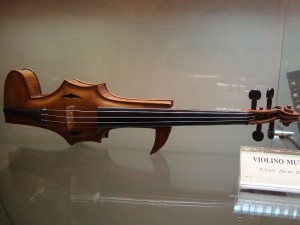
Mute violin
Leopold Mozart mentioned it, they’ve been around since the 18th century, but you never hear them. That’s because the function of the instrument is to be very very quiet. The mute violin is a string instrument that’s designed for practice when you don’t want to annoy the neighbors. Because it doesn’t need the soundbox that makes up the body of the instrument, a mute violin can be quite modernistic in its appearance.
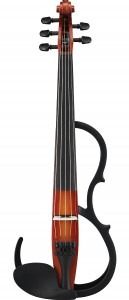
Yamaha Silent Violin – front
One work that was written for the mute violin was Willem Pijper’s String Quartet No. 1 of 1914. In this recording, however, the quartet substituted a regular violin with a very heavy sordino on the bridge. You’ll hear how the first violin just sounds as though it’s quite distant.
Pijper: String Quartet No. 1 in F Minor: I. Allegro moderato (Schoenberg Quartet)
Yamaha has moved the idea into the 21st century by making an electric silent violin. Until you plug it in, the violin makes no sound; at the back of the instrument, however, you can plug it into your amplifier and play as loud as you wish.
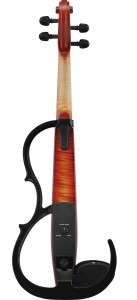
Yamaha Silent Violin – back
We have many instruments named after people: the Sousaphone for John Phillips Sousa, the Saxopohone for Adolphe Sax, its inventor. And then there’s the Heckelphone, invented by Wilhelm Heckel. It was created at the suggestion of Richard Wagner and appeared in 1904. It’s similar to the oboe, but pitched an octave lower.

Heckelphone
Richard Strauss used it in his 1905 opera Salome, in Elektra, and other works. Hindemith used it in his Op. 47 trio for heckelphone, viola and piano.
Hindemith: Trio, Op. 47 (Arthur Grossman, heckelphone; Roxana Patterson, viola; Peter Mack, piano)
The instrument was used to bring some bass weight to the woodwind section, but the instrument remains quite rare. It is estimated that only 150 heckelphones were ever made and only about 100 remain today.
For more of the best in classical music, sign up to our E-Newsletter


